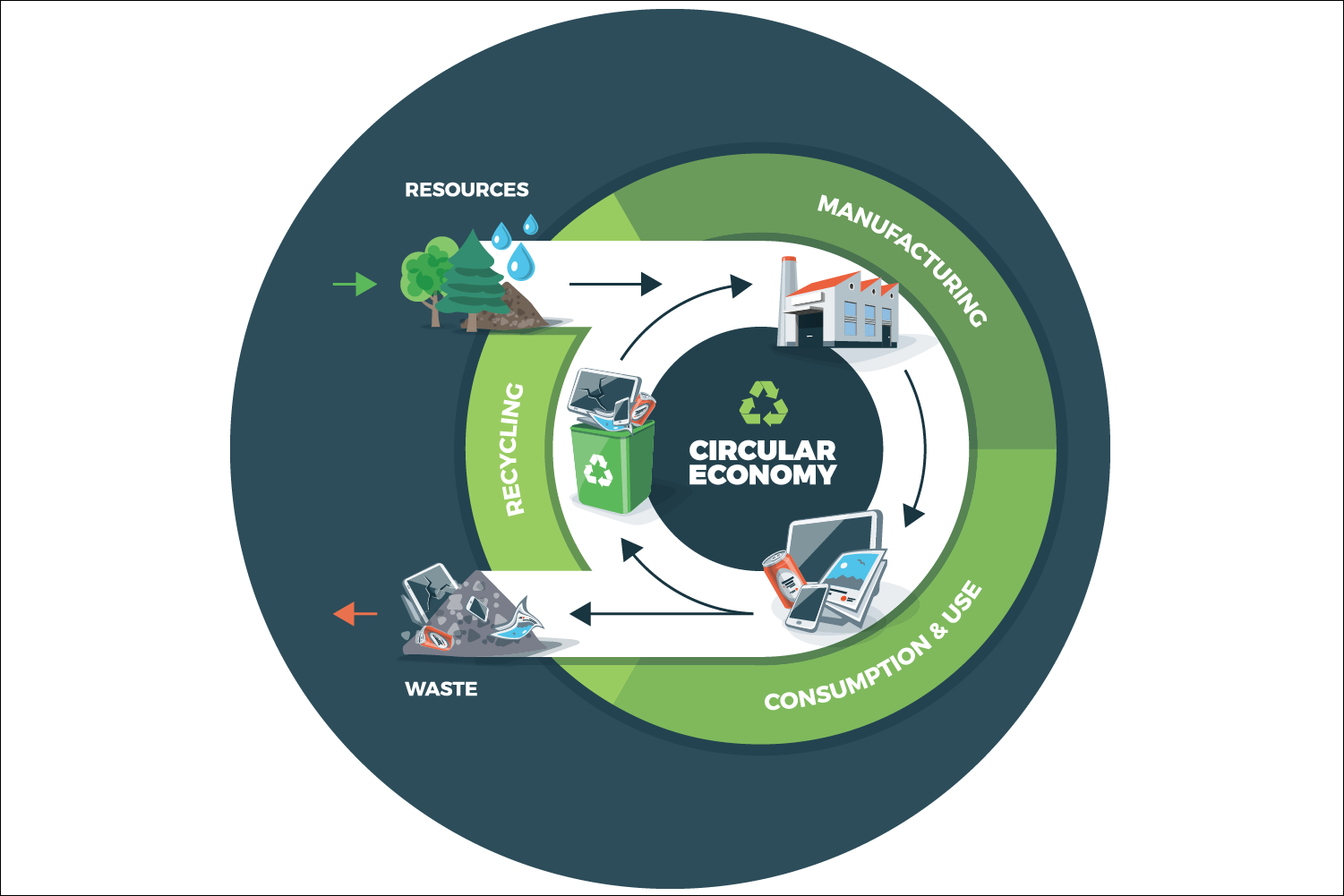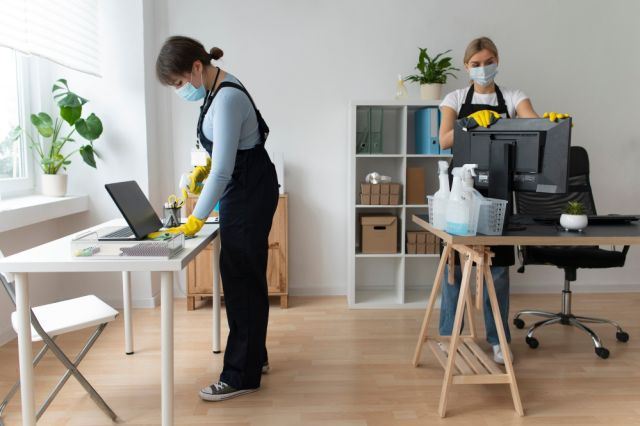The Circular Economy Explained.

Did you know Australia sends roughly 2.17 megatons of waste to landfill each year and 90% of our raw materials are disposed of after a single use.
Globally, the circular economy has been valued as A$4.5 trillion dollar opportunity¹ and a vital step forward in addressing Greenhouse Gas Emissions, pollution and waste. But what is the circular economy, why is it important and how is it being embraced in Australia? These are big questions, and this blog breaks down some answer.
What is the Circular Economy?
Businesses and consumers have traditionally existed in a ‘take-make-dispose’ economy: we purchase goods, use them up and throw them away – usually to landfill. indeed, Australia sends roughly 2.17 megatons of waste to landfill each year and 91% of our raw materials are disposed of after a single use!². This ‘linear’ model has resulted in the inefficient use of our natural resources and the degradation of our natural environment. a growing human population on a planet with finite resources cannot sustain this approach for much longer.
Enter the circular economy. The circular economy is about changing the way we produce, assemble, sell and use products to minimise waste and our environmental impact. A circular economy involves diminishing our reliance on finite resources and transitioning to renewable resources, as well as extending the life of products and ‘designing’ waste and pollution out of the system. Essentially, a circular economy describes a regenerative economic system.
Why Do We need To Shift To The Circular Economy?
Climate change is one of the most obvious indicators of the impact our linear economic model has placed on earth’s natural systems. While many individuals and businesses are attempting to address their carbon footprints, a 2019 study highlighted that energy efficiency measures can only address 55% of global greenhouse gas emissions; to achieve the UN climate goals we address the remaining 45% through the circular economy³. In particular, we need to apply circular principles to how we produce and consume aluminium, steel, cement, plastics and food and how we regenerate farmland.
Advocators of the circular economy believe it has wide-reaching environmental, social and economic benefits. It can achieve high levels of sustainability without reducing the profitability of a business or reducing the number of available products and services. Many believe it can be great for business; by maximising the use of our valuable resources, and by contributing to innovation, growth and job creation.
How Is The Circular Economy Being Applied in Australia?
Adopting a truly circular economy approach is in its infancy – both in Australia and around the world. Australian businesses are grappling with the concept and how to apply it to their operations. Indeed, according to research from Circularity in Australian Business 2021: Awareness, Knowledge and Perceptions, only 27% of business decision-makers can accurately define what a circular economy is, and most leaders admit to a ‘lack of information on how to implement circular economy practices’4, which presents a significant barrier.
Despite this, the circular economy is rapidly becoming a guiding force in business and government strategy. The Australian Government is driving our nation to a circular economy, with progressive actions to transform how we manage and treat waste. They are supporting schemes such as the National Waste Policy Action Plan, which is on track to deliver a$1 billion of investment in recycling infrastructure and the transformation of Australia’s resource recovery industry. They are also supporting industry-led recycling schemes and product stewardship initiatives with over $70 billion in grants and incentives to ‘priority sectors’ and investing in innovative technologies4.
This government action is a positive step to creating impactful change in Australia and reducing our waste. There is no doubt however, that Australian businesses need to do more to understand and embrace all aspects of a circular economy – from designing closed-loop waste solutions to transitioning to renewable resources, propelling new consumer mindsets, minimising operational harm and helping to regenerate the natural world.
Society is demanding actionable and measurable change to reduce our impact on the climate and degradation of the natural world. The circular economy strategic framework we have to meet sustainability targets and thankfully, we are seeing important mindset changes propelling circular thinking into the mainstream.
References:
1. Steering Committee Spotlight: Ashleigh Morris – Circularity Live
2. What is the linear economy and why do we need to go circular? – Circularity Live
3. Steering Committee Spotlight: Ashleigh Morris – Circularity Live
4. Circular economy I Global Australia
4. Three core principles of the circular economy (acehub.org.au)




